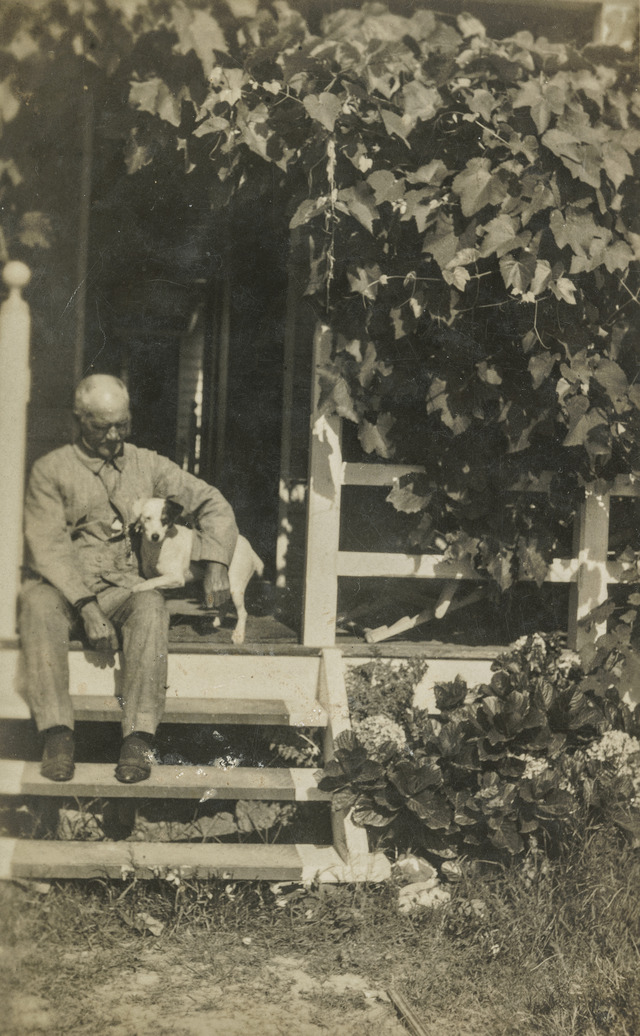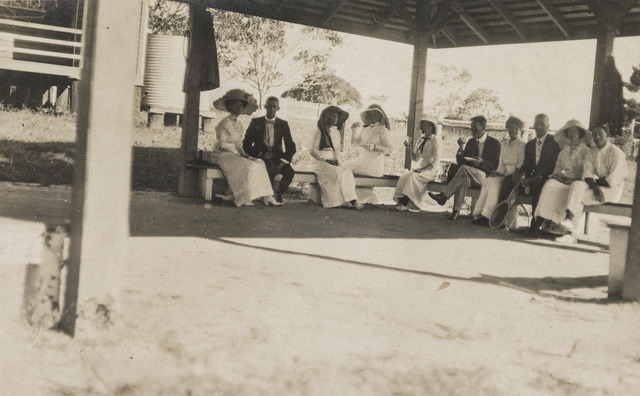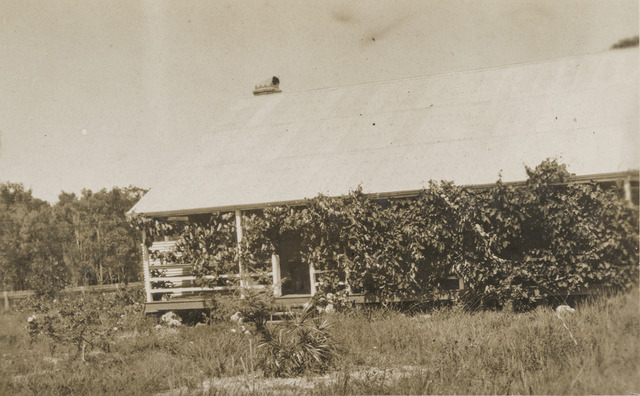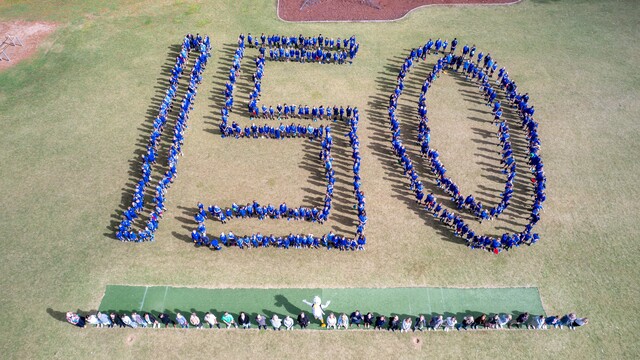
Tewantin State School marked 150 years since opening on 2 August 1875 with a march down town for current and past students led by a convoy of classic cars, a formal parade and roll call, an old fashioned fete, an evening adult event and a school open day.
As the event arrived the buzz built on social media with past students keen to catch up with old friends.
Tewantin State School was established with one teacher and 16 students as Tewantin Provisional School No. 181, located on Doonella Street, in response to the educational needs of a growing European settlement centred around the timber industry and the school’s development mirrored the broader growth of Tewantin from a timber town to a more diversified community.
The first European settlers arriving to harvest the region’s abundant timber resources, particularly giant cedar and kauri trees, which had been noted by explorer William Pettigrew in 1863.
As the community expanded, there was a clear need for educational facilities to serve the children of these settlers.
In its early years, the school faced challenges due to its inadequate building, which was both physically deteriorating and too small to accommodate the increasing number of students. As a result, the school experienced periodic closures based on the availability of teaching staff.
By 1887, the school had grown sufficiently to be officially designated as Tewantin State School. This transition marked a significant milestone in the development of education in the area, reflecting the community’s commitment to providing formal schooling for its children.
Among its teaching staff were Irish-born Thomas Hodgens who served as head teacher from 1895 to 1916 and Principal William Hooper who in the 1930s established a Forestry Project Club responsible for planting hundreds of pine trees on the school grounds between 1937-38.
In 1875, the area surrounding Tewantin was characterized by its reliance on the timber industry. The town served as a river port for the Noosa region, facilitating the transport of timber and other goods. The community was small and primarily focused on industries such as timber getting and milling, with the steamer Culgoa operating along the coast to Brisbane, delivering timber, fish, and oysters.
Tewantin State School has maintained a strong connection with the local community throughout its history. The school has been involved in various community events and initiatives, fostering a sense of pride and continuity among residents. Its long-standing presence in the area underscores its role as a cornerstone of education and community life in Tewantin.
The school now boasts almost 600 students and almost 70 staff providing a well-rounded education from Prep to Year 6, emphasizing academic excellence, environmental sustainability, and student leadership. Students engage in various programs, including dance, debating, and sports, promoting holistic development.
It’s extracurricular activities include Under 8s Day, Book Week, Fun Runs, Reading Challenges, and School Discos.
Tewantin State School is proud of its strong ties with local organisations such as the Noosa Regional Art Gallery, Rotary, Noosa Tewantin RSL, CWA, Lions Club, and Noosa Council which enriches the students’ learning experiences and fosters a sense of community.
With a dedicated team of teaching and non-teaching staff, Tewantin State School fosters a safe and respectful learning environment and is committed to the academic and personal growth of each student, ensuring a nurturing atmosphere.









